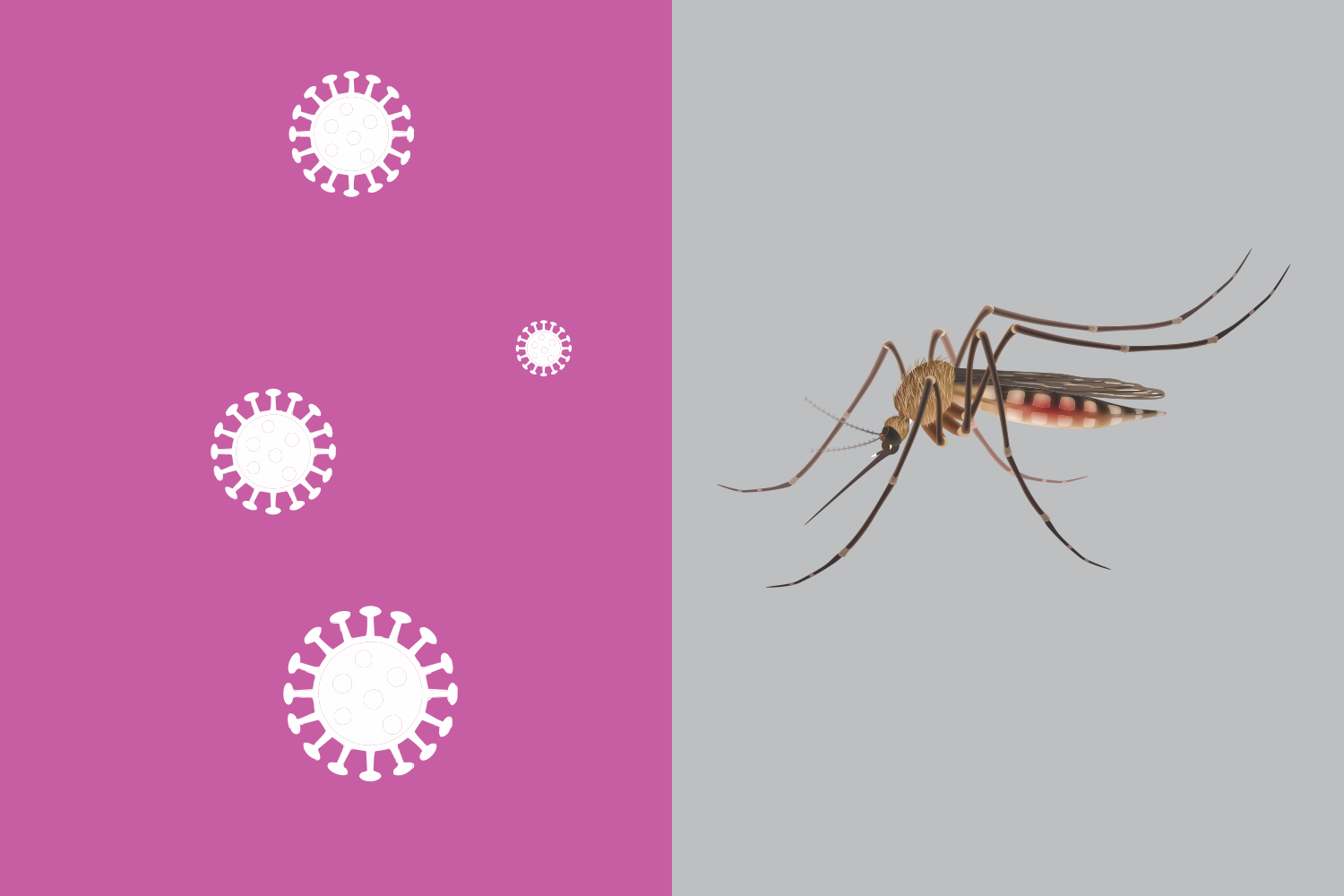Introduction
The entire globe has witnessed the catastrophe laid down by the COVID-19 pandemic. COVID-19 or coronavirus disease 2019 is a respiratory illness caused by a novel coronavirus SARS-CoV-2. It is called a novel coronavirus because it has not been previously identified in humans. The disease was initially reported to the WHO on December 31, 2019. COVID-19 was declared a threat to global health on January 30, 2020, and a pandemic on March 11, 2020. As of October 2021, more than 50 lakhs people have succumbed to the deadly pandemic.
People who are obese, or diabetic, or asthmatic, or have a deficiency in immunity due to disease conditions like AIDS or taking immunosuppressants are at high risk of getting COVID-19. However, due to COVID-19, most developing countries have directed every grain of their healthcare resources towards diagnosing and managing COVID-19. This has led to the under-diagnosis of other chronic healthcare conditions. Also, since certain health conditions have initial symptoms similar to COVID-19, it becomes difficult to diagnose and carry out proper management and treatment practice.
Vector-borne diseases have emerged as coincidental outbreaks during the pandemic. There have been reports of an exponential surge in vector-borne conditions (dengue, malaria, and chikungunya) in India post the 2nd wave of COVID-19. The increased number of cases has put a strain on healthcare resources to diagnose, treat and manage vector-borne diseases amid the COVID-19 pandemic. It becomes a challenging environment to prevent the virus from spreading among patients hospitalized for any vector-borne disease.
The similarity between the initial symptoms of COVID-19 and vector-borne diseases like malaria and dengue makes it challenging to diagnose. Therefore, people should have an understanding of the similarity and differences between COVID-19 and any vector-borne disease. This will help them reach out to a physician for early diagnosis and prevent severe complications amid the pandemic.
What is Malaria?
Malaria is a parasitic disease. It is caused by parasites belonging to the genus Plasmodium. It is transmitted by female Anopheles mosquitoes, leading to acute life-threatening illness and posing a significant global health threat. Approximately229 million people worldwide got infected with malaria in 2019, resulting in approximately 409,000 fatalities. Malaria is a severe disease of concern in the African Region, accounting for about 95% of deaths.
Similarity and difference between COVID-19 and malaria
The similarity between COVID-19 and malaria lies among the early symptoms of both diseases. The early signs of both the disorders are non-specific, including fever, weakness, headache, flu-like illness, and severe pain in the muscles and joints. The blood chemistry test for both diseases can also be confusing, increasing the application of laboratory tests to distinguish the condition. If not diagnosed and left untreated, these symptoms can lead to the rapid progress of the disease, finally resulting in hospitalization and mortality. Thus during the rainy season and in malaria-infected regions, people should visit a physician without delay in experiencing any of the above symptoms. A correct diagnosis based on the signs and laboratory tests can provide the proper treatment and management practices for COVID-19 and other vector-borne diseases, ultimately saving many people’s lives.
The difference between the physical characteristics of COVID-19 and malaria, as presented by Claudia Marotta et al. in their published article in the Journal of Tropical medicine and infectious disease, 2020, are as follows:
| Based on | COVID-19 | Malaria |
|---|---|---|
| 1. Classification | It is a viral disease | It is a parasitic disease |
| 2. Infectious Agent | The virus responsible for COVID-19 is SARS-CoV-2 | Malaria can be caused by Plasmodium falciparum, or Plasmodium vivax, or Plasmodium ovale, or Plasmodium malariae, or Plasmodium knowlesi |
| 3. Major symptoms | Severe Fever, Fatigue, Headache | Severe Fever, Fatigue, Headache |
| 4. Severe disease manifestations | Acute respiratory distress syndrome, acute thromboembolic disease, pulmonary embolism | Confusion, coma, neurologic focal signs, severe anemia, acute respiratory distress syndrome, acute renal failure, pulmonary edema, seizure |
| 5. Diagnostic Tests |
|
|
| 6. Laboratory Findings |
|
|
| 7. Transmission | The disease is transmitted by droplets formed when a COVID infected person talks, sneezes, or coughs. Each of these acts causes tiny droplets to project into the surrounding area, often traveling through the air for up to 6 feet. | Malaria is a vector-borne disease caused by Plasmodium parasites transmitted to humans by biting female Anopheles mosquitos. |
| 8. Age-group that gets affected | Humans of any age can get COVID-19. However, adults and older adults are more vulnerable. | Children and Pregnant women are more vulnerable. |
| 9. The Medications for treatment | Vaccines made by pharmaceutical companies like Pfizer, Bharat Biotech, Astrazeneca, Johnson and Johnson, Moderna, and Zydus Cadila are given to people across the globe. | Antimalarial drugs like artemisinin- based combination therapy, chloroquine, mefloquine, primaquine, lumefamtrine, mefloquine are helpful medications for malaria. Note: Every medicine should only be consumed after getting advice from a physician with a proper prescription. |
References
- Sherrard-Smith, E., Hogan, A.B., Hamlet, A. et al. The potential public health consequences of COVID-19 on malaria in Africa. Nat Med 26, 1411–1416 (2020). https://doi.org/10.1038/s41591-020-1025-y
- Correia MJ, Frade L, Guerreiro R, Araujo I, Baptista T, Fonseca C, Mansinho K. A patient with severe malaria and COVID-1: how do you tell the difference between these infections? EJCRIM 2020;7: doi:10.12890/2020_002007.
- Hussein, M.I.H., Albashir, A.A.D., Elawad, O.A.M.A. et al. Malaria and COVID-19: unmasking their ties. Malar J 19, 457 (2020). https://doi.org/10.1186/s12936-020-03541-w
- Di Gennaro, F., Marotta, C., Locantore, P., Pizzol, D., & Putoto, G. (2020). Malaria and COVID-19: Common and Different Findings. Tropical medicine and infectious disease, 5(3), 141. https://doi.org/10.3390/tropicalmed5030141





